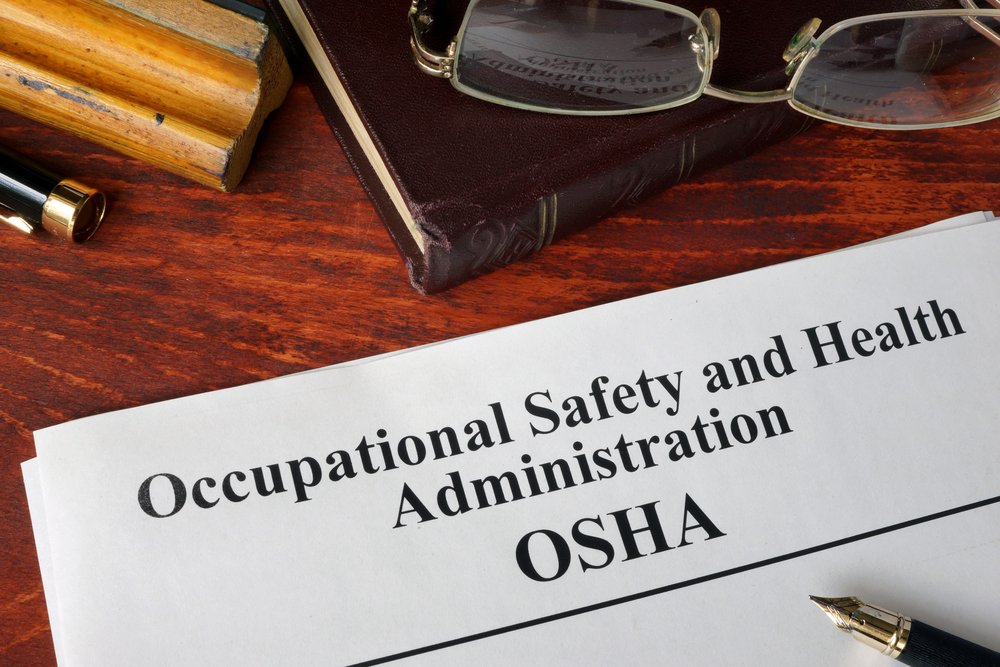
In May 2016, the Occupational Health and Safety Administration (“OSHA”) announced its final rule to “improve tracking of workplace injuries and illnesses.” Effective December 1, 2016, the rule targets retaliation against employees for reporting workplace accidents, including disciplinary actions that are likely to impair or discourage future reporting efforts. In its recent guidance, the agency suggests that blanket, mandatory post-accident drug testing can itself be a form of unlawful discipline where the employer lacks what OSHA terms a “reasonable basis” for suspecting drug or alcohol impairment. The “reasonable basis” language, which has so far received no further clarification, introduces ample uncertainty as to what conduct may be subject to an agency citation and how citations for drug testing fit within the agency’s existing penalty framework.
Agency guidance from May and October of this year attempts to assuage employers’ concerns about how the rule change—a sparsely worded, single-sentence leviathan—will impact existing drug testing policies. Acknowledging potentially competing obligations under OSHA and other rules, the commentary on the final rule notes that OSHA enforcement will yield to conflicting federal and state laws, including workers’ compensation laws that mandate post-accident testing. Enforcement of other federal laws, including post-accident testing obligations for certain commercial drivers under DOT regulations, will likewise remain unaffected. The rule explains that “conflicting” state or federal laws operate to remove the specter of retaliation from an employer-mandated drug test in a particular case. In such instances, the employer’s motive for administering a test is compliance, and not the kind of improper employee discipline the rule intends to counteract.
But despite agency belief that employers’ concerns are “unwarranted,” the rules address only one dimension of potential legal conflicts—that is, employer “requirements” under state and federal laws. OSHA’s guidance is decidedly less illuminating when it comes to defining what obligations qualify as a “requirement.” For example, tensions between the agency rule and state Drug-Free Workplace Programs (“DFWPs”) illustrate exactly why that definition matters. Enacted largely over the last two decades, DFWPs aim to promote safe work spaces by reducing on-the-job accidents linked to employee substance abuse. As an incentive to enacting a DFWP, some states provide employers with insurance premium reductions or other benefits. In exchange, most programs require employers to administer uniform post-accident drug testing. Like testing under other workers’ compensation or federal laws, post-accident testing under a DFWP generally does not require individualized suspicion of drug or alcohol use. Because drug testing pursuant to a DFWP is technically only “required” if an employer desires to reap certain benefits, it remains to be seen whether OSHA’s new rule would exempt any testing undertaken in connection with a DFWP.
At least one challenge to the rule is already pending and seeks nationwide injunctive relief against enforcement of the OSHA anti-retaliation provision. The suit, filed in the U.S. District Court for the Northern District of Texas, alleges that the policy constitutes an overreach of agency authority and restricts employers in performing critical post-accident investigations (Texo ABC/AGC Inc. et al. v. Perez et al., case number 3:16-cv-01998). If successful, the suit could turn back the clock on the rule change, returning the post-accident drug testing landscape to its former stasis and permitting greater employer latitude over post-injury decision-making. Anything short of a nationwide injunction, however, remains an obstacle to the development of clear and articulable workforce drug testing standards. We will continue to monitor the ongoing litigation as well as the rule’s impact on participation in state DFWPs, other responsive state or federal lawmaking, and trends in agency enforcement of the rule.

